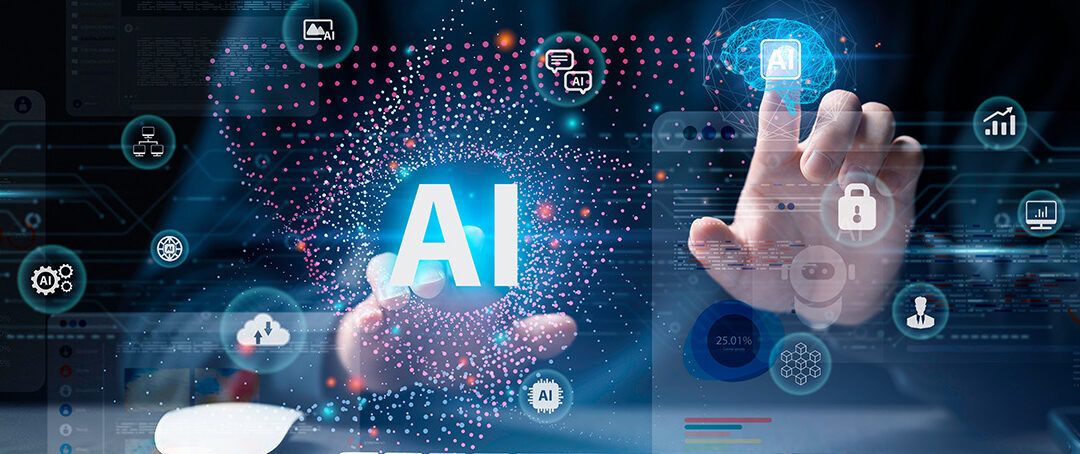The mainframe community is rightly proud of our platform’s ability to accelerate digital transformation and protect enterprises against growing cyber threats. The IBM mainframe’s security, resiliency, and scalability are exactly what is required to deliver growth without compromising performance. Looking to the future, IBM Z is set to underpin the hybrid cloud strategies of major enterprises around the world.
Nevertheless, modernization remains a top priority. While it cannot be outdone when it comes to technical performance, there is no denying that the mainframe needs to step up if it wants to be seen as user friendly by today’s standards. Skills shortages, perceived complexity and a lack of quality management information for IT and business leaders are also legitimate concerns to be addressed.
With the right modernization approach, however, IBM Z can help you gain a competitive advantage against new market entrants running non-mainframe systems. For example, no other platform is better placed to exploit the potential of transformative – and resource-hungry – technologies such as machine learning, blockchain and the Internet of Things.
The secret to a successful mainframe transformation strategy is to make any changes as non-intrusive as possible. This reduces the need to touch elderly mainframe code, with all its attendant risks, and minimizes the burden on stretched mainframe development teams who very likely already have their hands full.
Looking at the big picture there are four core areas that any mainframe modernization program should include:
1. Delivering web and mobile access
A major hurdle to modernization is the traditional way of accessing mainframe applications via a terminal emulator. This ties users to one location and conflicts with the growing trend towards flexible and mobile working.
One way to fix this is to develop web and mobile interfaces for individual mainframe applications. However, tackling the issue that way soaks up huge amounts of developer time, especially in the case of larger installations running hundreds of 3270 applications. A smarter alternative would be to use enabling technologies to create a single mobile gateway to access multiple mainframe applications.
Modern, web-enabled session managers are a good example of how this can work; they handle the communication between host applications and the user’s browser to support access from mobile devices and enable the user to interact using a touchscreen. Providing a single, controlled access method in this way also helps you to improve security by reducing the number of potential entry points into the enterprise. Compellingly, this is an ‘instant web enablement’ method – once you install the session manager you have immediate browser access to any 3270 application connected to it.
2. Modernizing the look, feel and flow of business applications
Application modernization initiatives often start with updating the look and feel of traditional ‘green screen’ mainframe applications to provide a more intuitive interface offering ‘point and click’ navigation and an overall appearance similar to other modern web applications.
Modernization shouldn’t stop there, however. Consider realigning your legacy applications around current business processes to deliver a more customer-centric (or user-centric) experience. For example, you could combine the process steps from multiple line of business systems into a single, slick online customer onboarding experience. Ideally you should aim to use non-invasive approaches such as repurposing existing 3270 data streams, which avoid having to make changes to the underlying applications and can therefore achieve results in weeks rather than months.
3. Simplifying business intelligence
IT and line of business chiefs often struggle to understand the problems and risks surrounding critical heritage systems that run on the mainframe because reporting is at too technical a level, and the data requires specialist mainframe knowledge to interpret. This hampers decision making and can even deter executives from investing in the mainframe, based on the belief that it is an outdated and overly complex platform which poses a risk to the business.
Much can be done to improve operational intelligence by making technical mainframe data more accessible and easier to understand for everyone – from the CIO to the technician. Modern dashboard technologies can improve reporting by transforming data from multiple sources into highly personalized, role-based views of the enterprise IT landscape. For example, interactive charts and graphs can help users to explore and understand everything from the severity of a mainframe performance problem to its potential business impact and the resulting financial costs.
Mainframe data can also be passed to analytics and AI platforms such as Splunk and Watson to help IT leaders and executives extract better business intelligence and proactively identify areas for operational improvement. Mainframe data can be combined easily with information from other platforms and business functions (finance, marketing and so on) to ensure that the mainframe becomes an integral part of the wider technology conversation rather than being viewed as a silo on its own.
4. Embracing conversational interfaces
As senior mainframe technicians reach retirement age and leave the workforce, many enterprises have a pressing need to upskill new recruits to replenish the shrinking pool of experienced developers and support personnel.
An exciting development in this area is the emergence of conversational interfaces to train and guide new recruits. Advances in artificial intelligence (AI) and machine learning have enabled the development of powerful chatbots that can quickly assimilate a wealth of systems knowledge and relay it to users on demand. This approach helps newcomers to learn the ropes quickly and become productive with less input from their senior colleagues.
Additionally, conversational interfaces can help longstanding mainframe specialists develop the new skills required to build modern hybrid solutions. And bots can automate key tasks involved in complex operations – such as deploying an application across multiple operating systems – so that there is less need for platform-specific skills. Chatbot technology has become faster and easier to deploy on and around the mainframe, so z/OS systems can be chatbot enabled just as easily as a web or Windows application.
Far from standing still, the IBM mainframe is continuing to evolve and its future looks brighter today than at any time over the past twenty years. Its latest incarnation in the z15 demonstrates that the mainframe is a more open, adaptable and agile platform than ever before; perfect for adopting emerging technologies such as AI and blockchain. Teamed with transformative technologies to help you modernize your existing mainframe systems and applications, it has everything you need to embrace the future.









What are the four core areas that should be included in a mainframe modernization program, and how does a web-enabled session manager approach support the first area (delivering web and mobile access)?